Notify me
2015 Vin de Pays des Côtes Catalanes Mourvèdre “Coste”
Vinci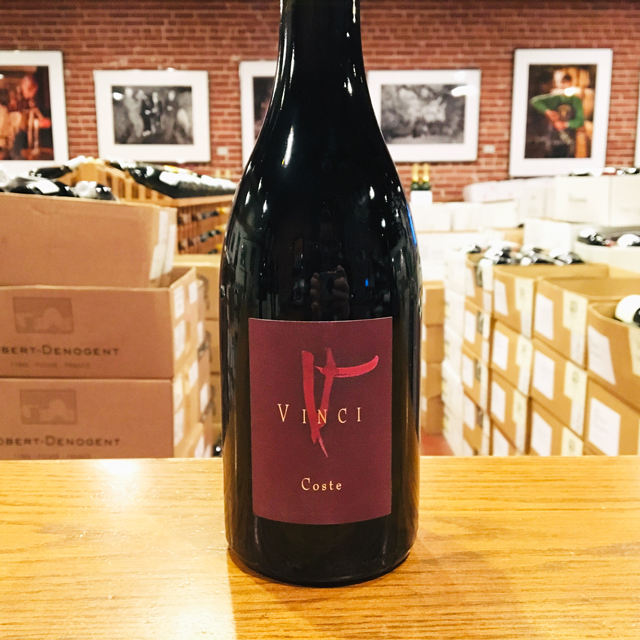
Not far from the Spanish border in the heart of French Catalan country, another philosopher-vigneron, Olivier Vinci, makes a wildly meaty and minty rouge from a rare remaining parcel of very old-vine Mourvèdre. At Olivier’s neck of the woods overlooking the Mediterranean to the east and Spain to the south, he vinifies slow and long, with the utmost lack of intervention.
—Chris Santini
| Wine Type: | red |
| Vintage: | 2015 |
| Bottle Size: | 750mL |
| Blend: | Mourvèdre |
| Appellation: | Vin de Pays des Côtes Catalanes |
| Country: | France |
| Region: | Languedoc-Roussillon |
| Producer: | Domaine Vinci |
| Vineyard: | .8 ha, 12 years |
| Soil: | Schist |
| Farming: | Organic (practicing) |
| Alcohol: | 13% |
More from this Producer or Region

Banyuls Vinegar
France | Languedoc-Roussillon
This vinegar is particular because it’s made with sweet wine, which confers a very unique taste.

2024 Languedoc Blanc “Cuvée Sainte Agnès”
France | Languedoc-Roussillon
Evokes citrus rind, herbs, and sea spray and boasts all of the freshness of a Mediterranean breeze.

2024 Saint-Chinian Blanc
France | Languedoc-Roussillon
Showcasing impressive texture and flavors of citrus, stone fruit, and spring flowers, this offers a great pairing for grilled fish or seared scallops.

Banyuls “Reserva”
France | Languedoc-Roussillon
You will be surprised how well this dessert wine will pair with toasted almonds, bleu cheese or nice dark chocolate.
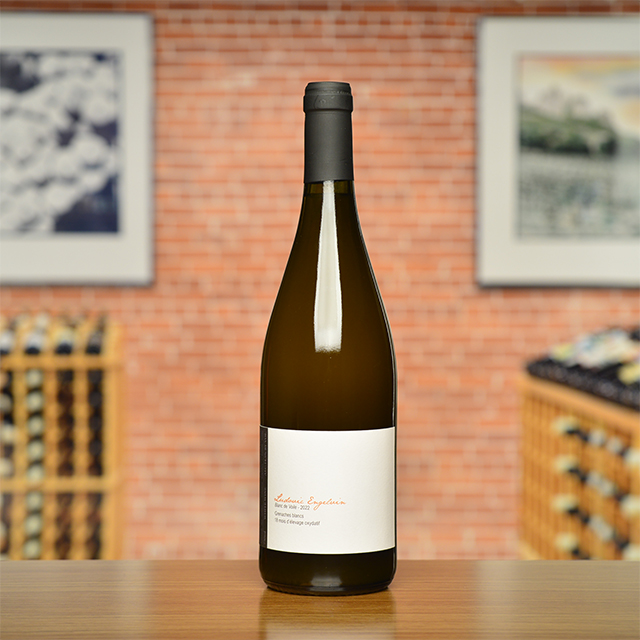
2018 Vin de France “Grenache Oxydatif”
France | Languedoc-Roussillon
At once similarly saline and nutty as vin jaune or sherry, but also singular and standalone in its notes of watermelon flesh and rind.
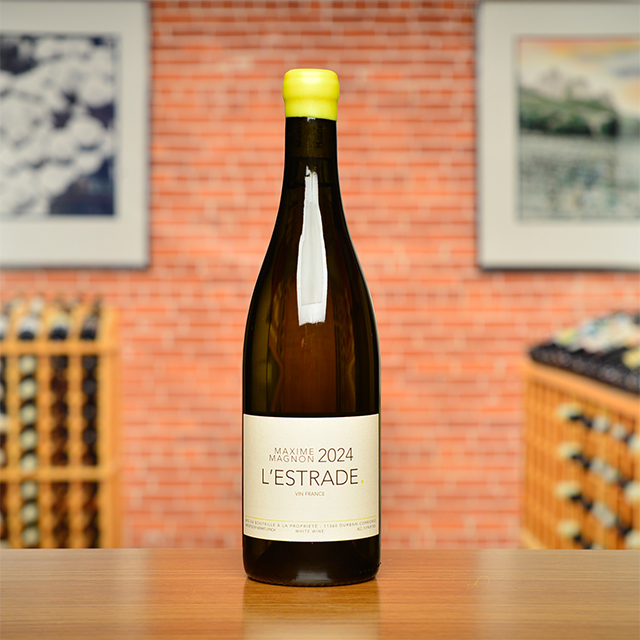
2024 Vin de France Blanc “L’Estrade”
France | Languedoc-Roussillon
The imprint of the sun-kissed landscape of the Languedoc is clear, with aromas of honeysuckle and lime zest.
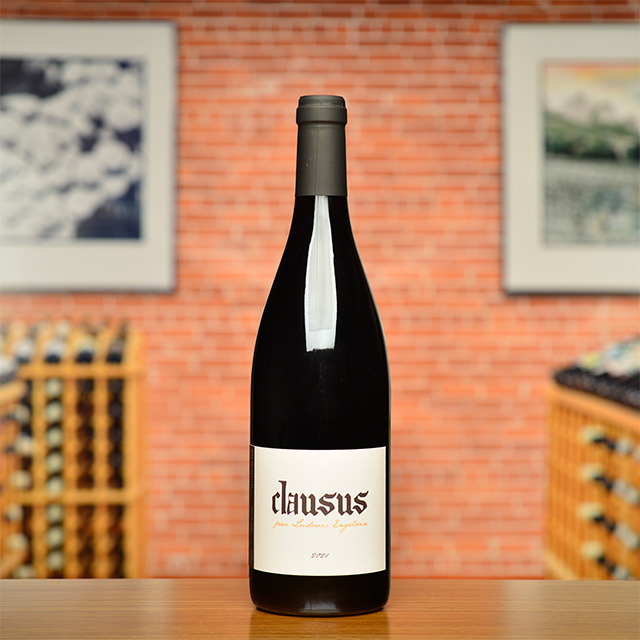
2021 Gard Rouge “Clausus”
France | Languedoc-Roussillon
This wine is full of fresh Grenache fruit, beautifully perfumed, with a refined and elegant finish.

2022 Pic Saint Loup Rouge
France | Languedoc-Roussillon
There is something timeless to La Roque’s Pic Saint Loup, its herbal bouquet and rich, fleshy texture, all free from any hint of modern trappings.

Cap de Creus “Ranci Sec”
France | Languedoc-Roussillon
Evaporation over time has concentrated the wine, giving it considerable strength to go with its trademark rancio aromas of walnuts and brine.
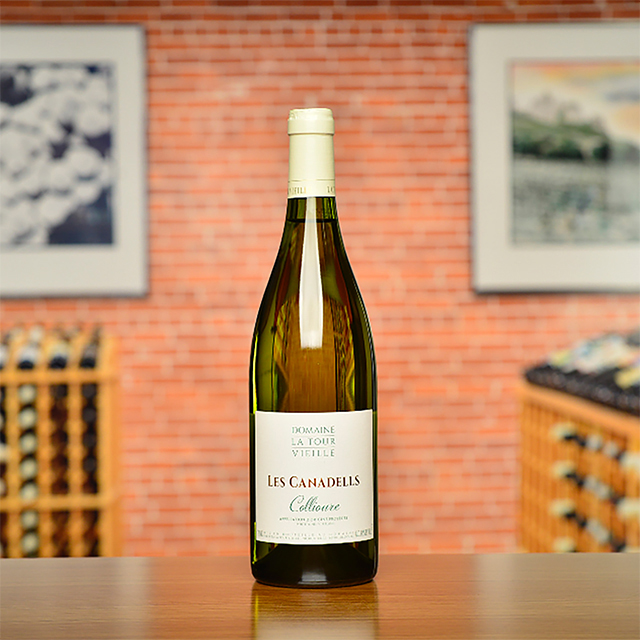
2024 Collioure Blanc “Les Canadells”
France | Languedoc-Roussillon
Grenache (gris and blanc) gives this cuvée impressive body and grip while Vermentino and Macabeu lend it freshness and lift.
About The Producer
Domaine Vinci
About The Region
Languedoc-Roussillon

Ask wine drinkers around the world, and the word “Languedoc” is sure to elicit mixed reactions. On the one hand, the region is still strongly tied to its past as a producer of cheap, insipid bulk wine in the eyes of many consumers. On the other hand, it is the source of countless great values providing affordable everyday pleasure, with an increasing number of higher-end wines capable of rivaling the best from other parts of France.
While there’s no denying the Languedoc’s checkered history, the last two decades have seen a noticeable shift to fine wine, with an emphasis on terroir. Ambitious growers have sought out vineyard sites with poor, well draining soils in hilly zones, curbed back on irrigation and the use of synthetic fertilizers and pesticides, and looked to balance traditional production methods with technological advancements to craft wines with elegance, balance, and a clear sense of place. Today, the overall quality and variety of wines being made in the Languedoc is as high as ever.
Shaped like a crescent hugging the Mediterranean coast, the region boasts an enormous variety of soil types and microclimates depending on elevation, exposition, and relative distance from the coastline and the cooler foothills farther inland. While the warm Mediterranean climate is conducive to the production of reds, there are world-class whites and rosés to be found as well, along with stunning dessert wines revered by connoisseurs for centuries.
More from Languedoc-Roussillon or France
2019 Faugères “Valinière”
Domaine Leon Barral France | Languedoc-Roussillon
2022 Saint-Chinian Rouge “Sortilège”
Les Eminades France | Languedoc-Roussillon
2021 Corbières Rouge “Campagnès”
Maxime Magnon France | Languedoc-Roussillon
2018 Vin de France “Grenache Oxydatif”
Domaine Ludovic Engelvin France | Languedoc-Roussillon
2022 Pic Saint Loup Rouge
Château La Roque France | Languedoc-Roussillon
2022 Corbières Rouge
Domaine de Fontsainte France | Languedoc-Roussillon
2022 Vin de France Blanc “Malvoise”
Château La Roque France | Languedoc-Roussillon
Banyuls “Reserva”
Domaine La Tour Vieille France | Languedoc-Roussillon
2023 Languedoc Rouge “Lou Maset”
Domaine d’Aupilhac France | Languedoc-Roussillon
2022 Languedoc Montpeyroux Rouge
Domaine d’Aupilhac France | Languedoc-Roussillon
2024 Corbières Rouge “La Démarrante”
Maxime Magnon France | Languedoc-Roussillon
2023 Pays d’Oc Cabernet Sauvignon “Les Traverses”
Château Fontanès France | Languedoc-Roussillon
2019 Faugères “Valinière”
Domaine Leon Barral France | Languedoc-Roussillon
2022 Saint-Chinian Rouge “Sortilège”
Les Eminades France | Languedoc-Roussillon
2021 Corbières Rouge “Campagnès”
Maxime Magnon France | Languedoc-Roussillon
2018 Vin de France “Grenache Oxydatif”
Domaine Ludovic Engelvin France | Languedoc-Roussillon
2022 Pic Saint Loup Rouge
Château La Roque France | Languedoc-Roussillon
2022 Corbières Rouge
Domaine de Fontsainte France | Languedoc-Roussillon
2022 Vin de France Blanc “Malvoise”
Château La Roque France | Languedoc-Roussillon
Banyuls “Reserva”
Domaine La Tour Vieille France | Languedoc-Roussillon
2023 Languedoc Rouge “Lou Maset”
Domaine d’Aupilhac France | Languedoc-Roussillon
2022 Languedoc Montpeyroux Rouge
Domaine d’Aupilhac France | Languedoc-Roussillon
2024 Corbières Rouge “La Démarrante”
Maxime Magnon France | Languedoc-Roussillon
2023 Pays d’Oc Cabernet Sauvignon “Les Traverses”
Château Fontanès France | Languedoc-Roussillon
Kermit once said...

Kermit once said...
If you're looking for value, look where no one else is looking.
Inspiring Thirst, page 211


















